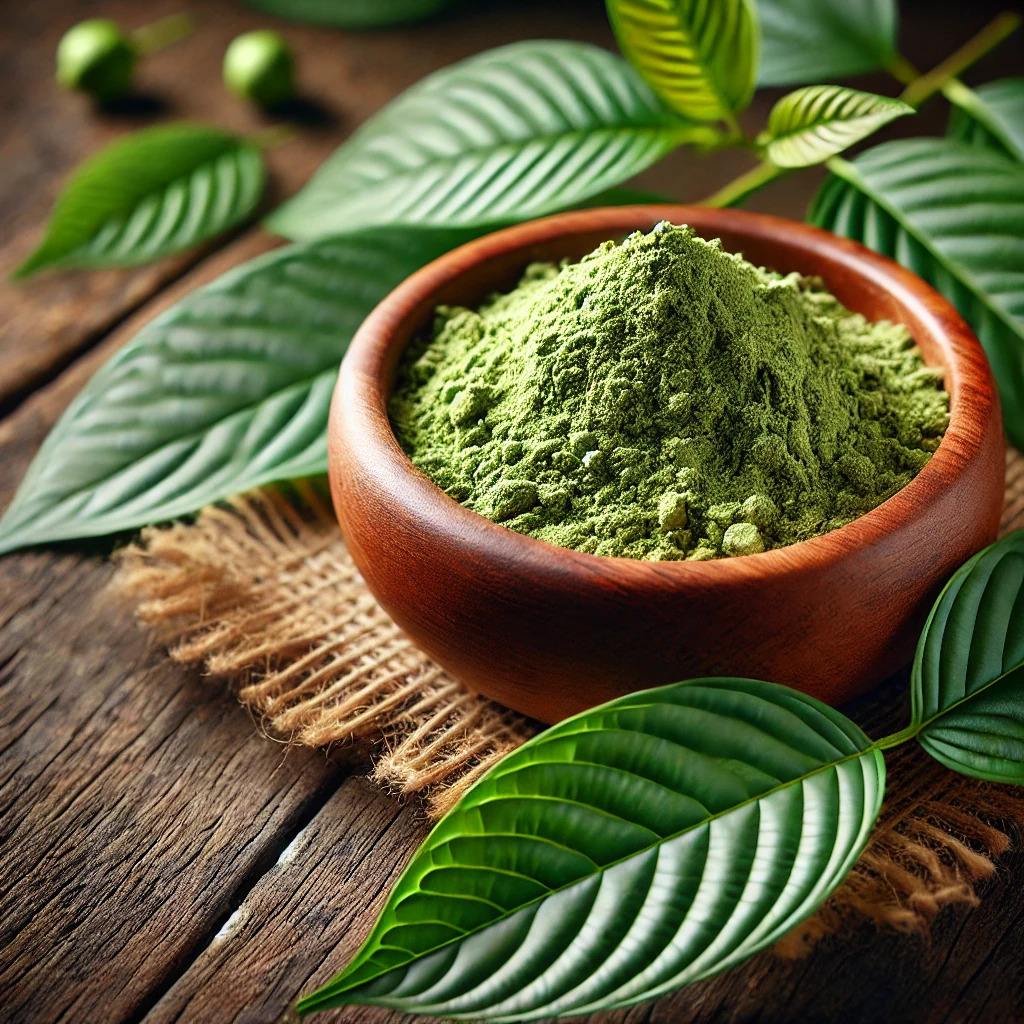
Introduction
Kratom, a popular herbal supplement, is often used for its stimulant and pain-relieving properties. However, its use can lead to dependence, and withdrawal can be a challenging process. This comprehensive guide explores how long kratom withdrawal lasts, the symptoms experienced, and the best strategies for managing and overcoming withdrawal effectively.
What is Kratom?
Kratom (Mitragyna speciosa) is a tropical tree native to Southeast Asia. Its leaves contain compounds that can provide both stimulant and sedative effects, making it a popular alternative medicine for pain relief, mood enhancement, and energy boosting.
How Does Kratom Work?
Kratom works by interacting with the opioid receptors in the brain, similar to traditional opioids, but with a different chemical structure. The primary active compounds, mitragynine and 7-hydroxymitragynine, bind to these receptors, leading to its effects on mood and pain.
Common Uses of Kratom
Kratom is commonly used for:
- Pain relief
- Reducing anxiety and depression
- Boosting energy and focus
- Alleviating opioid withdrawal symptoms
- Recreational purposes
What is Kratom Withdrawal?
Kratom withdrawal refers to the symptoms that occur when someone who has been using kratom regularly stops or reduces their intake. These symptoms can be both physical and psychological, reflecting the body’s dependence on the substance.
Physical Symptoms of Kratom Withdrawal
Physical symptoms include:
- Muscle aches and pains
- Insomnia
- Sweating
- Fever
- Runny nose
- Diarrhea
- Yawning
Psychological Symptoms of Kratom Withdrawal
Psychological symptoms may involve:
- Anxiety
- Irritability
- Depression
- Mood swings
- Cravings for kratom
Timeline of Kratom Withdrawal
The timeline of kratom withdrawal can vary significantly among individuals but generally follows a pattern:
Acute Withdrawal Phase
This phase typically begins within 6 to 12 hours after the last dose and peaks around the 72-hour mark. Symptoms are most intense during this period and can include severe muscle aches, insomnia, and irritability. The acute phase usually lasts about a week.
Post-Acute Withdrawal Syndrome (PAWS)
PAWS can last for several weeks to months after the acute phase. Symptoms are milder but can be persistent, including mood swings, anxiety, and sleep disturbances.
Factors Influencing Withdrawal Duration
Several factors can influence the duration and severity of kratom withdrawal, including:
- Duration and frequency of kratom use
- Dosage levels
- Individual metabolism and overall health
- Presence of other substances or medications
- Psychological factors and stress levels
Managing Kratom Withdrawal
Effective management strategies for kratom withdrawal include:
- Gradual tapering off kratom rather than abrupt cessation
- Using over-the-counter medications to manage specific symptoms (e.g., ibuprofen for pain)
- Ensuring a supportive environment and access to counseling
Medical Assistance for Kratom Withdrawal
In some cases, medical assistance may be necessary to manage severe withdrawal symptoms. Healthcare providers can offer medications and therapies to ease the process and provide a structured withdrawal plan.
Home Remedies for Kratom Withdrawal
Home remedies can be helpful in managing withdrawal symptoms:
- Herbal teas for relaxation and sleep
- Warm baths to soothe muscle aches
- Adequate rest and relaxation techniques
Role of Nutrition and Hydration
Proper nutrition and hydration play a crucial role in recovery. A balanced diet rich in vitamins and minerals can help the body heal, while staying hydrated can reduce symptoms like headaches and muscle cramps.
Exercise and Physical Activity
Regular physical activity can boost endorphin levels, improving mood and reducing withdrawal symptoms. Gentle exercises such as yoga and walking are particularly beneficial.
Mental Health Support
Seeking mental health support through therapy or support groups can be crucial for coping with the psychological aspects of withdrawal. Techniques such as cognitive-behavioral therapy (CBT) can be particularly effective.
Preventing Kratom Addiction
Preventing kratom addiction involves:
- Limiting use to short-term or as prescribed
- Monitoring for signs of dependence
- Seeking alternatives for pain management or anxiety relief
Kratom Withdrawal Success Stories
Hearing from those who have successfully navigated kratom withdrawal can be inspiring and informative. These stories often highlight the importance of a supportive network and consistent strategies.
Frequently Asked Questions On Kratom Withdrawal
Q. How long does kratom withdrawal last?
A. Kratom withdrawal typically lasts from a week for acute symptoms to several months for post-acute symptoms.
Q. Can kratom withdrawal be life-threatening?
A. While kratom withdrawal can be uncomfortable and challenging, it is generally not life-threatening. However, severe cases should be managed by healthcare professionals.
Q. What helps with kratom withdrawal?
A. Gradual tapering, staying hydrated, proper nutrition, exercise, and seeking medical or psychological support can help manage withdrawal symptoms.
Q. Is it possible to avoid kratom withdrawal?
A. Avoiding kratom withdrawal is possible by using it responsibly, avoiding high doses, and not using it for extended periods.
Q. Can you taper off kratom?
A. Yes, tapering off kratom gradually is an effective way to reduce withdrawal symptoms and make the process more manageable.
Q. What are the long-term effects of kratom use?
A. Long-term effects of kratom use can include dependence, tolerance, and potential organ damage with high doses or prolonged use.
Conclusion
Kratom withdrawal can be a challenging experience, but understanding the process, timeline, and effective management strategies can significantly ease the journey. With proper support and care, individuals can successfully navigate withdrawal and move towards recovery.
